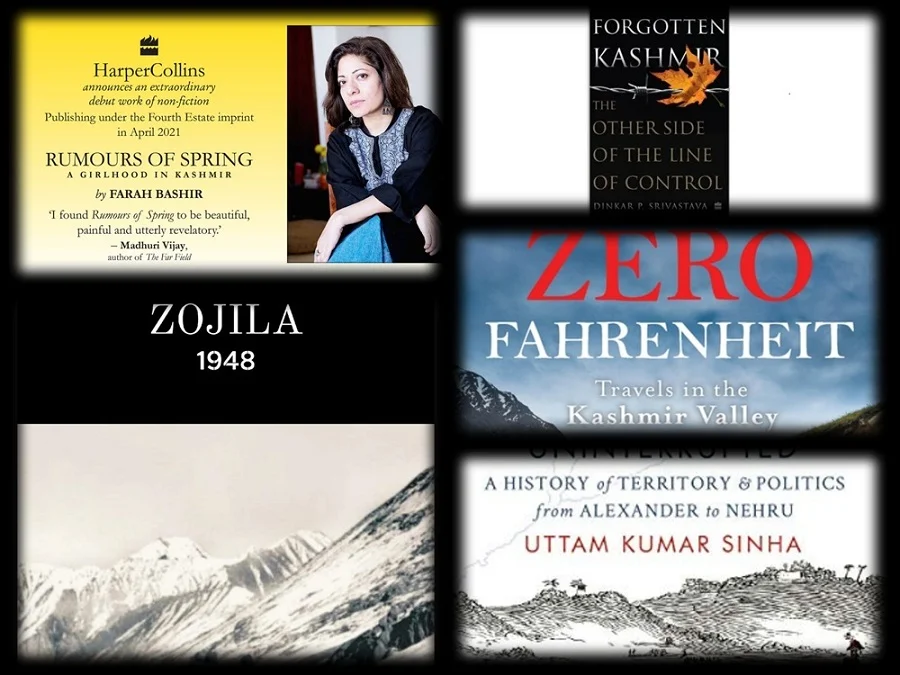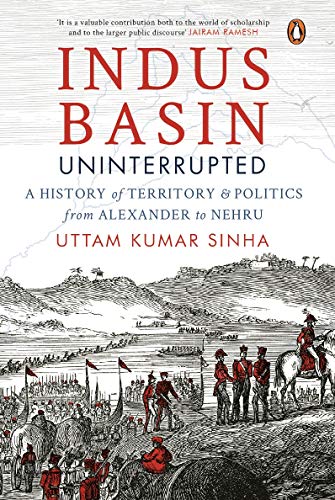
The new literature on the Valley elucidates on recent major shifts as it also delves on few untold lessons in history.
By Yash Daiv
THE abrogation of Article 370 that revoked Kashmir’s semiautonomous status was a thunderclap in a storm that has been brewing in the region for decades.
While it brokered many emotions — confusion and anger being the prominent ones — it also generated many stories that have now found their expression in books.
The coming quarter of 2021 has interesting books in the offing, ones that reflect the current mood and others that invoke the memories of past.
Then, there are commentaries on the geography and old battles that have now found place in the limelight.

This thoughtful, organic travelogue is born in the dark that came over Kashmir after August 5, 2019. Author Suhas Munshi, who has spent a decade reporting politics, conflict and culture across India, was visiting Habba Khatoon’s relic in Gurez when Article 370 was abrogated.
The narrative of his book was extracted from the gloom that foreshadowed Kashmir. It tries to give a sense of what that moment has meant to the common Kashmiri.
Apart from these stories, this insightful travelogue breaks away from the clichéd view of Kashmir — one that sees it “either as an earthly paradise or a living hell”.
It takes you to unexpected places, into the homes of poets, playwrights and street performers; to the minuscule Christian community in Baramulla and much more.

Farah Bashir, a former photojournalist with Reuters, is set to make a scintillating debut with Rumours of Spring.
In the book, she documents her adolescent years in Kashmir during the 90s — the epoch marked by the siege.
She writes about understanding militarisation of domestic spaces and forming new etiquette with the boundaries that turned Kashmir into a sore oyster.
The book has already been hailed by stalwarts from many domains for it is the kind of on-ground, honest narratives that world needs.

In Forgotten Kashmir, Dinkar P Srivastava—who joined Indian Foreign Service in 1978 and is current Indian Ambassador to Iran—sets a chronology of events that led to stretching of barbed wires, diving one people and the subsequent evolution of Pakistan-administered Kashmir over seven decades.
It includes major milestones like the ‘tribal’ war in 1947-48, the Sudhan revolt in the 1950s, the Ayub era, the Simla Agreement, the adoption of an ‘Interim Constitution of 1974’ and the China-Pakistan Economic Corridor (CPEC).
It is not simply a historical account but one that analyses the events in Muzaffarabad against the background of developments in Pakistan’s polity to understand Islamabad’s motivations for its policies in the region.

Uttam Kumar Sinha is associated with Manohar Parrikar Institute for Defense Studies and Analyses since 2001.
Known for his commentaries on transboundary water issues, human security and more — his research and archival material forms the content of Indus Basin Uninterrupted.
The book, in its early reviews from scholars and ministers, has been hailed for the “accounted history”.
The Indus system of rivers, as a powerful symbol of the passage of time, represents not only the interdependence and interpenetration of land and water, but equally the unfolding of political identities, social churning and economic returns.
From Alexander’s campaign to the bloodshed during Partition — the book covers a wide spectrum. It is history by the banks of a river as old as the world.

Former chief secretary of Jammu and Kashmir, Dr Sudhir S Boleria has penned an account of Battles of Zojila.
The breakthrough at Zojila (a mountain pass in Ladakh) ensured the security of Ladakh which was gravely threatened by the hostility at that time (1947-48).
The book contains interviews with people who were part of the operations during which the garrisons of Skardu and Punch withstood long sieges against very heavy odds and a much larger enemy force.
Follow this link to join our WhatsApp group: Join Now
Be Part of Quality Journalism |
Quality journalism takes a lot of time, money and hard work to produce and despite all the hardships we still do it. Our reporters and editors are working overtime in Kashmir and beyond to cover what you care about, break big stories, and expose injustices that can change lives. Today more people are reading Kashmir Observer than ever, but only a handful are paying while advertising revenues are falling fast. |
| ACT NOW |
| MONTHLY | Rs 100 | |
| YEARLY | Rs 1000 | |
| LIFETIME | Rs 10000 | |











